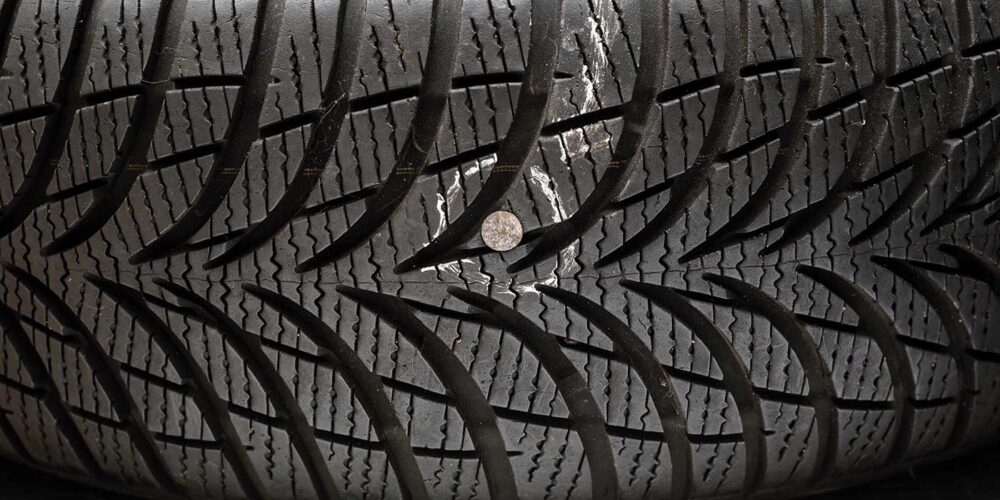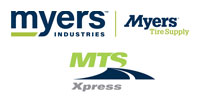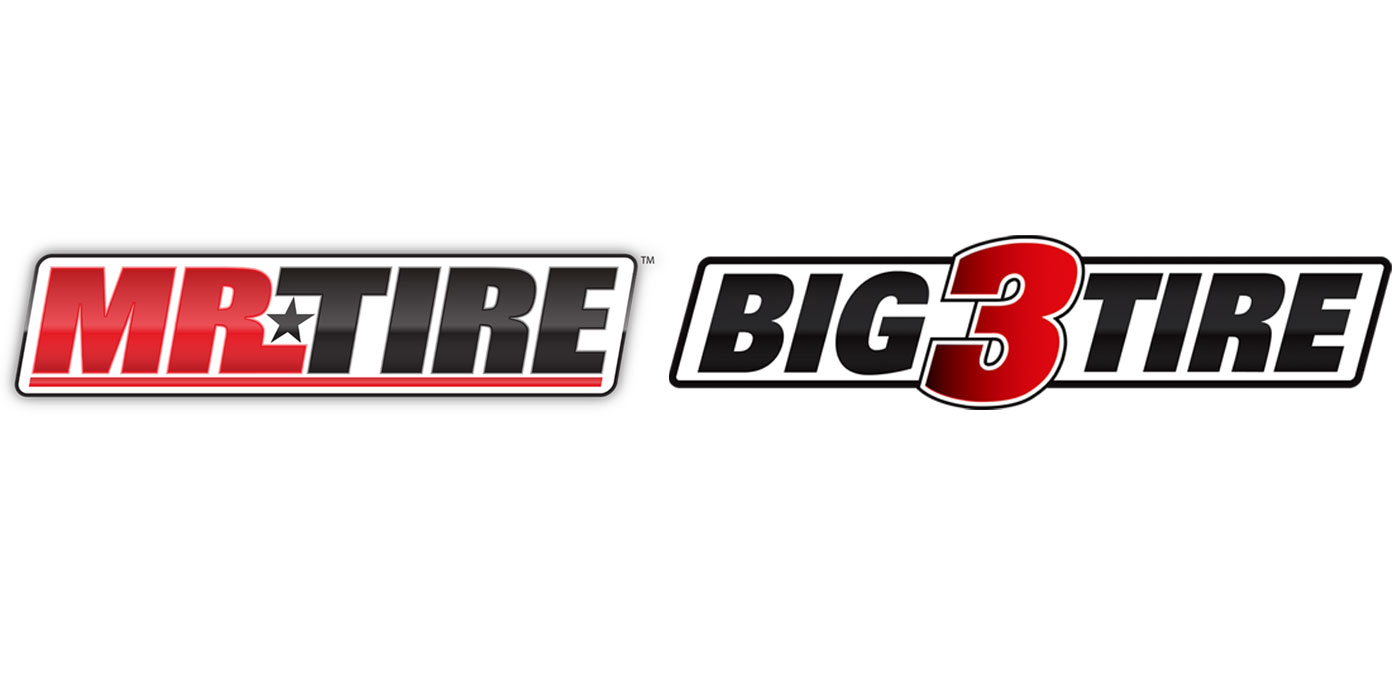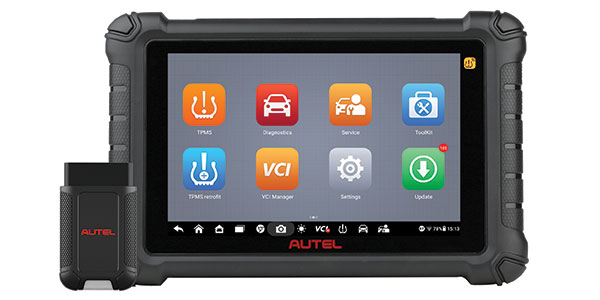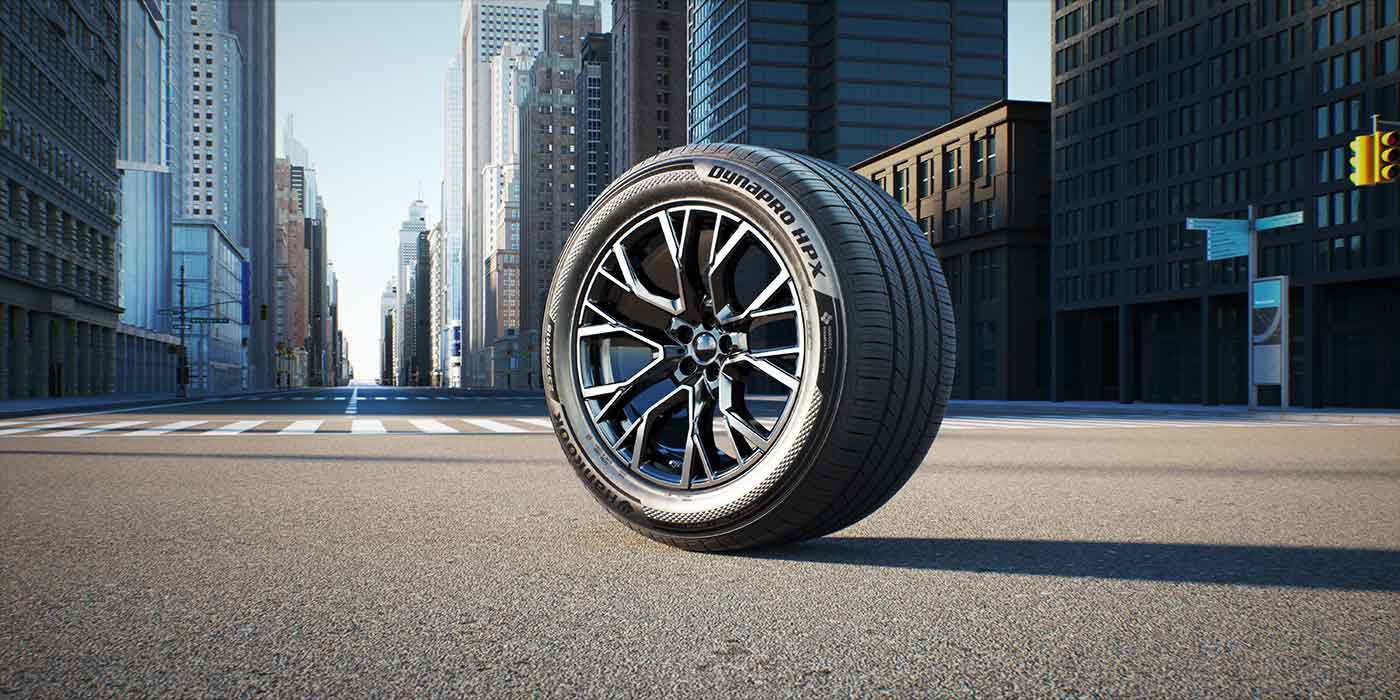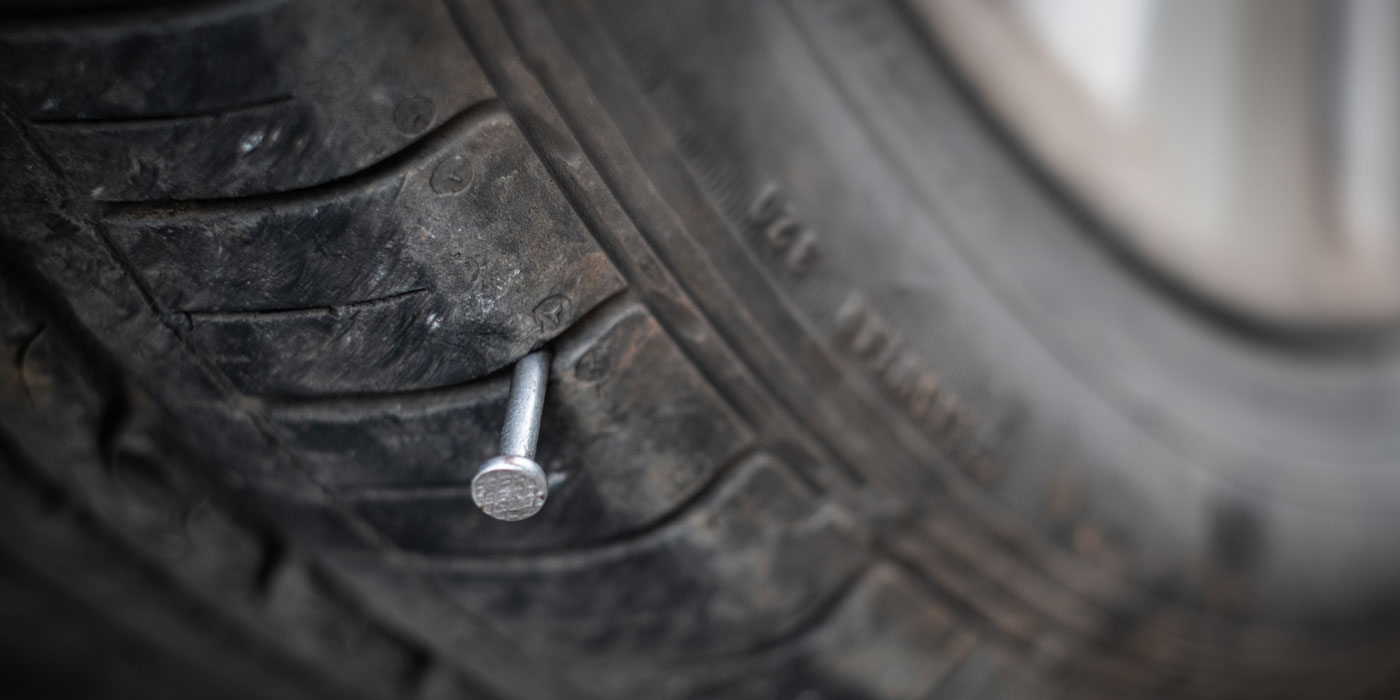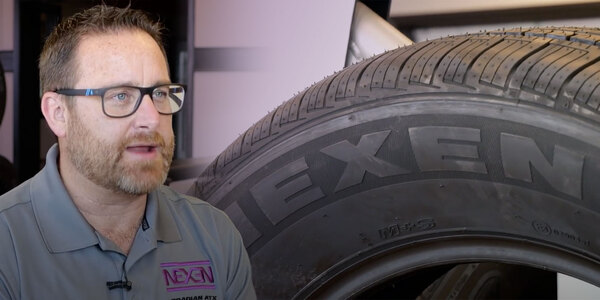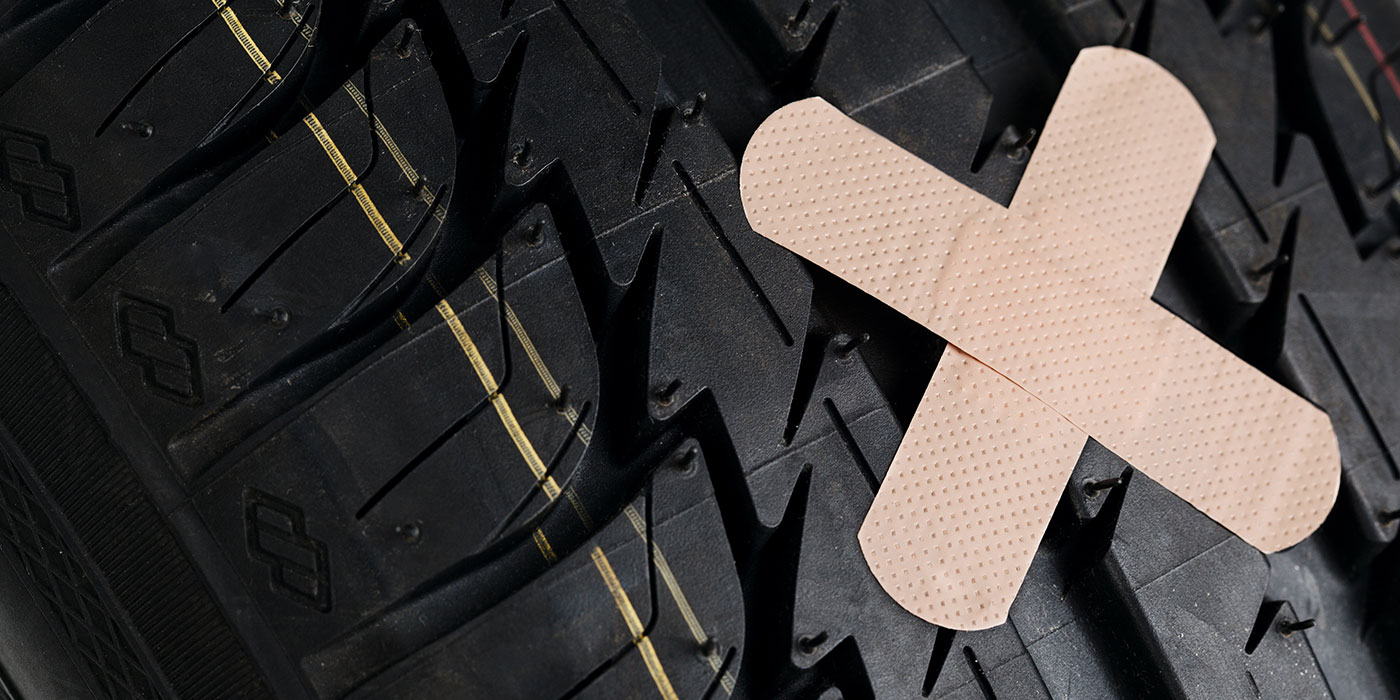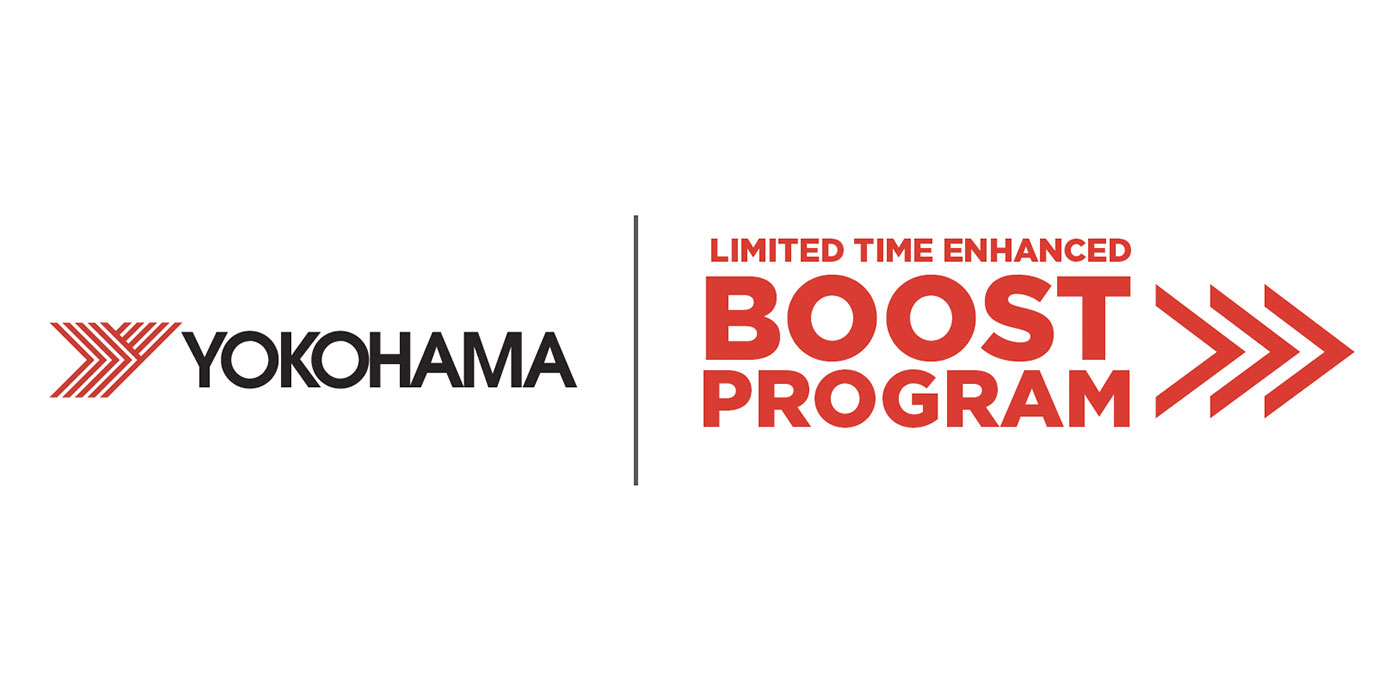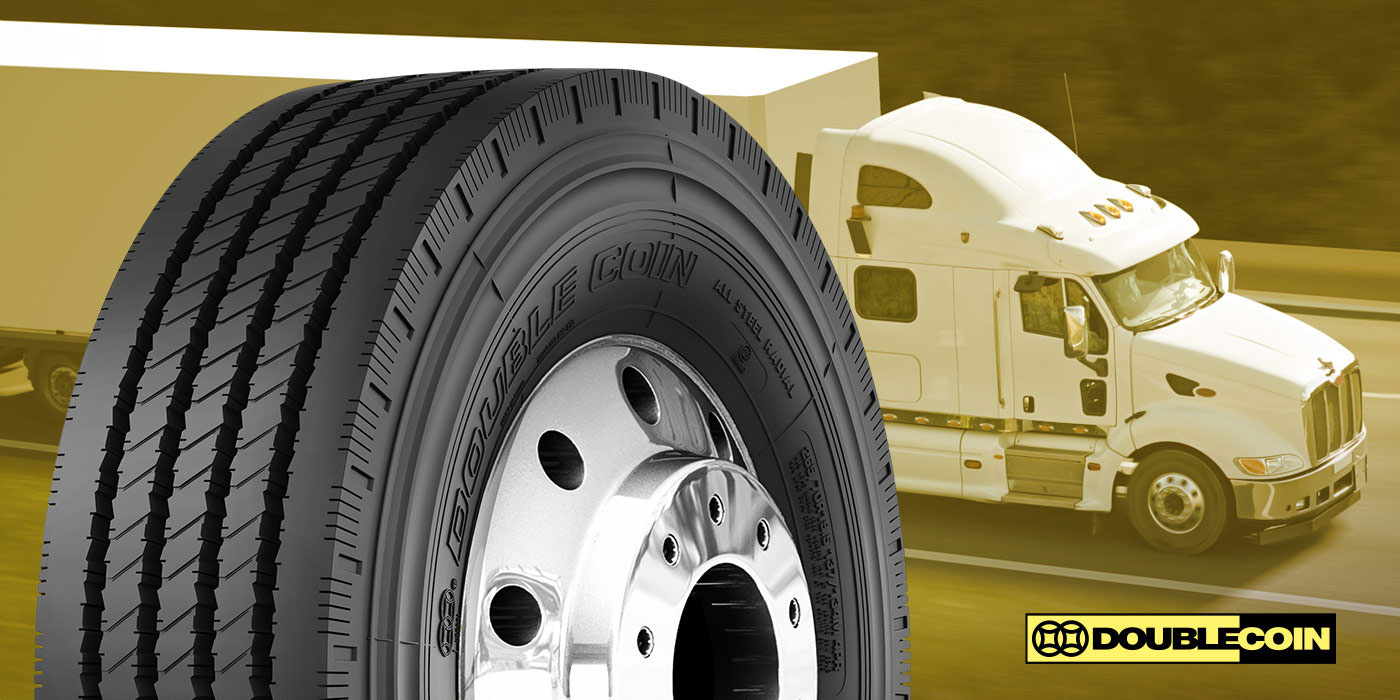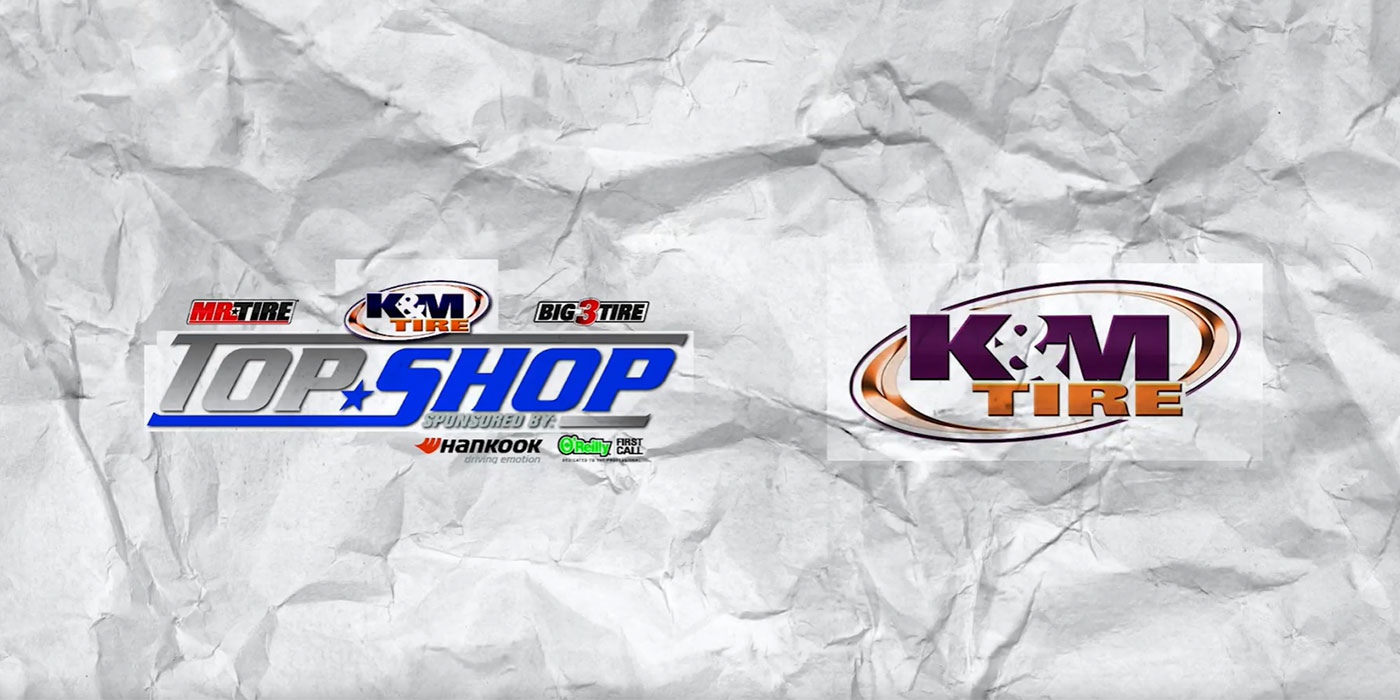When a customer comes into your shop with a tire puncture, taking the time to properly inspect it first may feel like an unnecessary hassle. However, tire repair experts caution that skipping this critical first step can have dangerous consequences.
“Whether it’s a passenger, truck, or OTR tire, many technicians just want to pull the tire off. They want to find the object, get it out, put a patch on and get it going down the road,” says Rich Watts, a consultant with 38 years of experience at Myers Tire Supply. “However, that could be a dangerous tire to put back on the rim if you don’t inspect for signs of run-flat damage or other problems.”
Watts advises technicians to treat the process like a visit to the dentist: inspect first and understand the full extent of the “injury” before drilling and filling.
“You have to inspect that tire and look for run-flat damage and all the symptoms of run-flat before you even fix it. That’s the biggest problem we have right now,” Watts emphasizes.
It’s crucial to check for any indicators of run-flat damage like exposed belt packaging, bulges or sidewall cracks before making repairs. Marking the puncture’s exterior location before demounting can also help avoid remounting and reinspection if the tech gets pulled away on another job. Thoroughly examining interior and exterior sidewalls is also key, so the technician doesn’t miss any other potential damages.
The consequences of inadequate inspection go beyond just the safety risks of reinstalling a damaged tire. It can also lead to losing customers and sales, explains Brent Blackburn, national accounts sales manager at Myers Tire Supply.
“If you don’t do the repair right and the tire keeps losing air pressure, the customer may come back to you once or twice, but will eventually take it somewhere else,” says Blackburn. “You’ve then lost that customer because of amber TPMS lights coming on due to improper repairs.”
He adds that many dealers view tire repairs as an unprofitable hassle rather than an essential customer service. However, that mentality leads to cutting corners on proper techniques.
“Places feel as if they don’t make money on tire repair,” explains Blackburn. “For a lot of shops, it’s a way to keep the customer from going anywhere else. They certainly look at it as a necessity, not something to promote.”
He says dealers should have visible wall charts on proper repair procedures and clear guidelines from manufacturers on what damages can and can’t be repaired.
There is no excuse for inadequate inspection, Blackburn says. It must be the mandatory first step of any tire repair process in your shop. That’s why Myers Tire Supply offers Do It Right tire repair certification classes at no cost to its customers. Knowledgeable sales reps can train your technicians to repair tires precisely to manufacturer specs, reducing liability risks. Failed and faulty repairs can lead to expensive lawsuits – but comprehensive training minimizes that exposure.
Myers Tire Supply experts emphasize that a comprehensive inspection must come before any tire repair work, without exceptions. Skipping this critical first step risks reinstalling unsafe, damaged tires, so technicians should thoroughly examine the full interior and exterior of the tire to check for indicators of run-flat damage or other problems. Proper repairs require diligent inspections, following OEM guidelines, using quality materials and adequate technician training.
Sponsored by Myers Tire Supply.

